Addressing several issues related to fish domestication to support sustainable aquaculture development
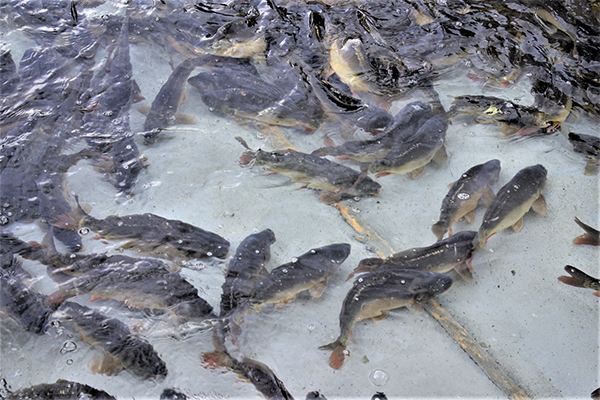
The rearing of fish is very old, particularly in Asia, even though this is not before the early 1980s that aquaculture truly boomed, becoming the fastest-growing food-production sector globally. In only four decades, aquaculture production has surpassed capture fisheries, and today more than half of the fish destined to human consumption are farmed globally. The exponential growth of aquaculture has relied partly on the domestication of an increasing number of fish species.
This article – summarized from the original publication (Teletchea, F. 2021. Fish domestication in aquaculture: 10 unanswered questions. Animal Frontiers, Volume 11, Issue 3, May 2021, Pages 87–91) – discusses briefly 10 partly unanswered questions linked to fish domestication, which should be considered to promote a more sustainable global aquaculture production.
What is fish domestication?
There is no scientific reason to consider fish domestication differently from any other animal domestication. Therefore, fish domestication could be defined as a dynamic and endless process, which starts as soon as individuals are transferred from wild to captive conditions.
Five genetic processes are involved in the evolution of fish during domestication: two uncontrolled (inbreeding, genetic drift), two partially controlled (natural selection in captivity, relaxation of natural selection in captivity) and one controlled (active selection). In addition, the diverse molecular mechanisms involved in ‘nongenetic’ modes of inheritance can alter aspects of genome activity and affect progeny gene expression.
Overall, domestication allows adapting continuously a batch of fish to both captive conditions and humans, with the ultimate goal of modifying, generations after generations, selected traits, to produce, in most cases, more productive and efficient individuals.
What is a domesticated fish?
Different authors have variously described domesticated fish. Fish become domesticated when they change form, function, color and behavior; often only partially resemble their wild ancestors; and survive poorly as feral forms if returned to the wild without human protection. Or: fish species are considered domesticated when they show first results of selective breeding or when no such evidence is found, after at least three successive cycles of reproduction (generations) under controlled conditions (the choice of three full cycles in captivity was an arbitrary criterion). Or: fish are considered domesticated when breeding, caring and feeding of organisms are controlled by humans. Or: domesticated fish strains are the result of several generations of selection.
A new concept (domestication levels) based on the degree of human control over the life cycle of farmed fish species was recently developed. This domestication scale contains five levels (Table 1).
Teletchea, Domestication, Table 1
| Level | Description | ^n species | ^n families | Three main families (n) |
|---|
Level | Description | ^n species | ^n families | Three main families (n) |
|---|---|---|---|---|
| 5 | Selective breeding programs are applied focusing on specific goals | 30 | 10 | Cyprinidae (10), Salmonidae (8), Acipenseridae (5) |
| 4 | Full life cycle is controlled in captivity without the use of wild inputs | 45 | 25 | Cichlidae (6), Sparidae (5), Cyprinidae (4) |
| 3 | Full life cycle is controlled in captivity, yet wild inputs are still used | 61 | 35 | Sparidae (8), Cyprinidae (4), four families (3) |
| 2 | Only part of the life cycle is controlled in captivity due to key bottlenecks | 75 | 39 | Cyprinidae (9), Serranidae (5), Carangidae (4) |
| 1 | First trials of acclimatization to captive conditions | 39 | 24 | Cyprinidae (8), Sciaenidae (3), Siganidae (3) |
According to this new classification, only fish species reaching at least level 4 (full life cycle completed in captivity without wild inputs) could be considered domesticated. Yet, a domesticated fish is neither a definitive status as these animals continue evolving all the time (to cope with new captive conditions or because new traits are selected) nor a final endpoint of domestication because they can sometimes return to the wild, a process known as feralization (readaptation to the natural environment), which is one of the main issues of aquaculture globally.
How many fish species are domesticated?
Among the 250 fish species listed by Duarte et al., which were established from the FAO database for the years 1950 to 2009, only one-third had reached level 4 (n = 30) or level 5 (n =45); which is much closer to other estimates. Several years later, it is likely that new species have reached levels 4 and 5 and probably 100 could be considered domesticated globally.
How long does it take to domesticate a fish species?
Domesticating a fish species implies that the full lifecycle is controlled in captivity without wild inputs (Table 1). The time required to reach this milestone varies tremendously between species if ever attained. Indeed, numerous farming trials of new species failed only after a few years mostly due to insufficient biological, ecological and zootechnical knowledge. Key bottlenecks in closing the lifecycle in captivity are (1) inadequate feeds, particularly for the first feeding of tiny larvae of numerous marine fish species, (2) poor gonadal development and (3) lack of spawning. Most often, we have no information about the domestication history of farmed species Overall, domesticating a new fish species is a risky journey that may take years or even decades.
Is fish domestication going too fast?
Once the full lifecycle is controlled in captivity, there are no longer exchanges between farmed individuals and their wild congeners and domestication can proceed toward the production of improved individuals. For some domesticated species, several generations under selection have allowed improving specific traits very rapidly. Therefore, the time lag between the onset of domestication and selective breeding can be considered short in aquaculture (less than a decade), with both occurring in tandem in many cases.
Research has pushed the physiological limits of many fish species in growth, fertility and size as a consequence of (or resulting in) highly artificial conditions, possibly altering their welfare, which is one of the key issues of aquaculture today. It is also crucial to maintain sufficient genetic variability (e.g., establish a base population with ample genetic variability, keep a large effective population size and introduce genetic variability from outside the breeding stock) of domesticated and selected fish to ensure that they are more robust and able to cope with various environmental changes.
Supported by continuous advances in sequencing and bioinformatics, genomic tools appear now hugely valuable to inform sustainable genetic improvement and their affordability and accessibility mean that they can now be applied across the broad range of aquaculture species and at all stages of the domestication process to optimize selective breeding.
What are the most domesticated fish species?
Thirty species belonging to 10 families have reached level 5 (Table 1), including sturgeons (Acipenseridae,n = 5), tilapia (Cichlidae, n =1), carps (Cyprinidae, n = 10), cod (Gadidae, n = 1), catfishes (Ictaluridae, n = 1), sea bass (Moronidae, n =1), flounder (Paralichthyidae, n =1), salmon and trout (Salmonidae, n = 8), turbot (Scophthalmidae, n = 1), and sea bream (Sparidae, n = 1). Among those 30 fish species, the common carp and Nile tilapia are probably the most selected for the longest period of time globally. In Europe, the most domesticated and selected species are common carp, rainbow trout, Atlantic salmon, gilthead sea bream, European sea bass and turbot.
Which traits have been selected?
Selective breeding programs in fish have historically focused on improving growth. Genetic gain averages about 10 to 20 percent per generation for growth rate when this is the main, or only, selected trait. In addition to growth, feed conversion efficiency, age at sexual maturity, improved resistance to bacterial and viral diseases and a number of traits related to product quality (e.g., muscle lipid content, flesh color, tenderness, flavor) have been gradually included in various breeding programs, particularly for Atlantic salmon.
In a recent survey conducted among breeding companies of five species farmed in Europe, researchers found that growth performance was universally selected upon. Among the 27 breeding programs, both morphology and disease resistance were included in 15, product quality in 13, processing yield in 12, and reproduction and feed efficiency in 7. Overall, the future seed market will most likely continue to request genetic material that is selected for growth rates as well as other traits.
Is there a link between fish domestication level and production volume?
The share of domesticated species is probably close to zero as long as the production per species remains below 100 tons and close to 100 percent for species reaching a production of 1 million tons. Fully closing the lifecycle in captivity seems positively related to significant production. In Europe, the proportion of aquaculture production that originates from selective breeding is very high, with a market share that exceeds 80 percent. For Atlantic salmon, close to 100 percent of the production are now based on improved stocks. Overall, authors have estimated that only 10 percent of global aquaculture production comes from genetically improved stocks.
Should we stop domesticating new fish species?
The boom of fish aquaculture has relied partly on the domestication of an increasing number of fish species, even though most domestication experiments stopped or failed to reach a significant volume and global production is today heavily skewed toward the farming of a few species. The 20 most-produced species account for more than 84 percent of total production. The main farmed species have been extensively introduced around the world. Seven of the eight most widely farmed fish species are more frequently reported by countries where they are non-native than by countries where they are native.
For instance, common carp is farmed in 48 countries, 37 of which were introduced. Likewise, Nile tilapia is farmed in 45 countries (33 introduced) and rainbow trout in 45 countries (40 introduced). The introduction of non-native species can affect biodiversity, directly or indirectly, and these impacts can be immediate or long-term. Therefore, reducing the dependence on non-native species and thereby minimizing possible negative impacts on biodiversity is increasingly perceived as an imperative for the sustainable development of aquaculture.
Overall, it is likely that both intra- and interspecific diversification will be pursued at least in the coming decade, that is to continue improving already domesticated and selected species and to farm new fish species.
Do we already need a sixth level of domestication?
Given the tremendous progress in fish domestication, it might be timely to propose a sixth level of domestication for the species for which selection has resulted in strains. According to the FAO, a strain is a “farmed type of aquatic species having homogeneous appearance (phenotype), homogeneous behavior and/or other characteristics that distinguish it from other organisms of the same species and that can be maintained by propagation.”
Some strains (notably for common carp and rainbow trout) are already officially registered in a limited number of countries, but there are still very few distinct, stable and reproducible strains in aquaculture. One very well-known example is the genetically improved farmed tilapia (GIFT) strain developed in the early 1990s from a base population including wild and farmed strains from eight African and Asian countries. The GIFT strain is now farmed in 16 countries across Asia, Africa, and Latin America and grows 85 percent faster than the base population. Similarly, the Atlantic salmon is certainly the fish for which the domestication history is best known and was the first species to be subject to a systematic family-based breeding program. Currently, more than 12 generations have been consecutively bred in captivity for the oldest breeding programs in Norway and multiple strains were established in several countries.
Nevertheless, it might still be too early to propose a sixth level of domestication for only a few strains in a handful of species; this situation might change quickly, and many recognizable strains could be soon officially recognized and registered as observed for the thousands of breeds in farmed land mammals and birds.
Perspectives
Domestication is a long and endless process that allows adapting fish to both captive conditions and humans. This process started only a few decades (or even years) ago for most farmed species, and therefore probably less than one-third could be considered domesticated. Several traits, among which growth, were modified during domestication.
New breeding programs will need to balance market and non-market values while maintaining sufficient genetic variability to ensure that fish are productive as well as robust enough to cope with various environmental changes. The sustainable future of aquaculture will rely first on the continuous improvement of already domesticated fish species; and second, on our willingness and capacity to diversify the number of farmed, preferably native, species to promote a more diversified and even aquaculture production.
Now that you've reached the end of the article ...
… please consider supporting GSA’s mission to advance responsible seafood practices through education, advocacy and third-party assurances. The Advocate aims to document the evolution of responsible seafood practices and share the expansive knowledge of our vast network of contributors.
By becoming a Global Seafood Alliance member, you’re ensuring that all of the pre-competitive work we do through member benefits, resources and events can continue. Individual membership costs just $50 a year.
Not a GSA member? Join us.
Author
-
Dr. Fabrice Teletchea
Corresponding author
Unité de Recherche Animal and Fonctionnalités des Produits Animaux, Institut National de Recherche pour l’Agriculture, l’Alimentation et l’Environnement, Université de Lorraine, 54505 Vandœuvre-lès-Nancy, France
Tagged With
Related Posts
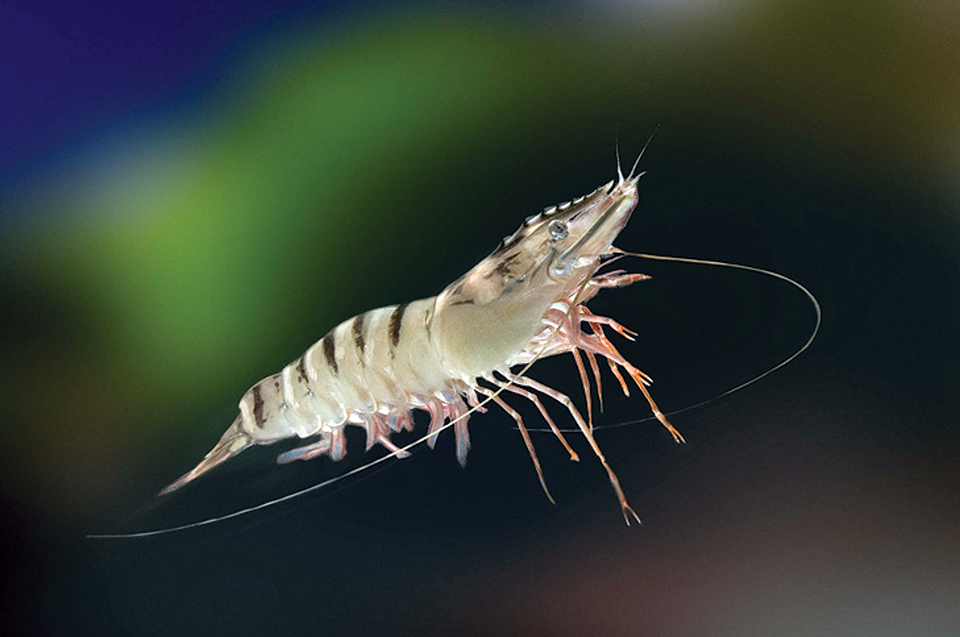
Health & Welfare
Black tiger domestication, selective breeding advance in Australia
Using clear-water tank systems, CSIRO and a collaborating farm have advanced the domestication of black tiger stocks in Australia.
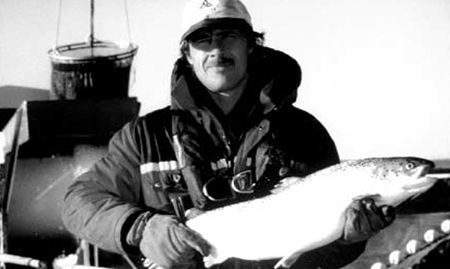
Health & Welfare
Aquaculture needs genetically improved animals
A sustainable industry must complete animals' life cycle in captivity and establish high quality broodstock production by selective breeding.
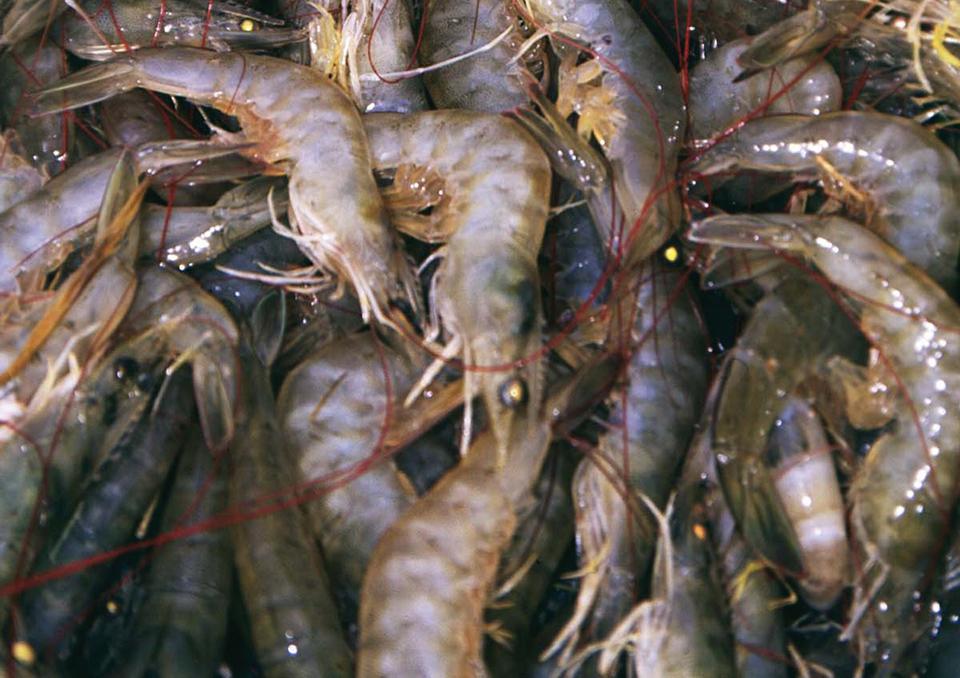
Health & Welfare
Domestication of Pacific white shrimp revolutionizes aquaculture
The development of specific pathogen-free Pacific white shrimp and breeding led to rapid adoption of the domesticated shrimp throughout the Western Hemisphere and Asia.
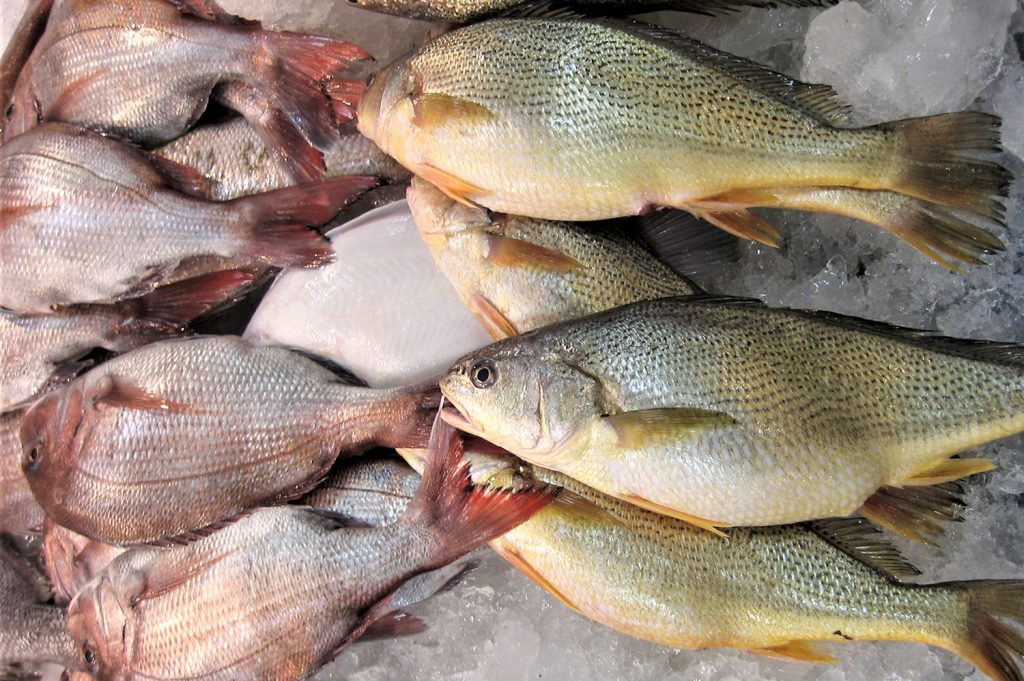
Health & Welfare
Opinion: OIE, the World Organization for Animal Health, needs seafood industry’s input
Author argues the OIE should regard all fish and shrimp products as safe for trade, regardless of the exporting country’s pathogen status.



